The flexibility of the human body is a significant component of physical fitness that has various benefits. It improves posture, mobility, muscle coordination while reducing the risk of falls & muscle soreness. And helps you with your shape.
Stretching helps your body to become supple. This training helps for easier & deeper movements along with building strength & stability.
Are some people more flexible compared to others?
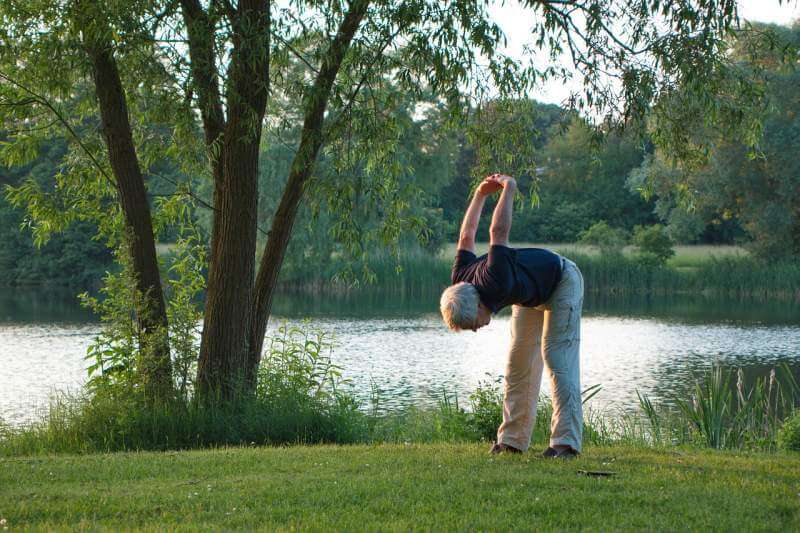
Flexibility is essential to our bodies because of so many reasons. When you compare a gymnast’s moves with yourself you might conclude with the obvious flexibility they have. General flexibility in the human body narrows to two components: native physical traits & how you train. For example, athletes who participate in games like BJJ, MMA, and dancing tend to have more flexibility than those who lead a sedentary lifestyle.
Following are the native physical traits that influence your flexibility:
- Age – As you age, your body’s natural flexibility declines. You tend to be less flexible.
- Bone size & structure – Larger the bone diameter is, the lesser flexibility you will have.
- Connective tissues – It’s the natural degree of elasticity that inhabits your ligaments & tendons.
- Body bulk -The bigger the body is, the harder it is for you to undergo flexible positions
If you’re struggling to touch the toes without bending the legs, while people around you can do so you do not need to worry about it. Because the good news is it can be improved.
Benefits of Flexibility
1) Reduces the risk of injuries

It’s Irritating, how everyday injuries happen when you go in the wrong way to reach your bed or get that pain sensation while turning on the switch while sitting or standing, it can be a result of poor mobility & tight muscles. Developing adequate flexibility in the body enables you to withstand physical stress and strain up to a higher degree. Also, your body gets rid of muscle imbalances, which lowers your chances of getting injured. Correcting your muscle imbalances and developing flexibility can be done in several ways. Strengthening is the most common and effective approach to doing so.
Studies show that stretching also reduces intense sports-related injuries. Inadequate incorporation of stretching into your fitness routine along with endurance activities such as running or cycling develops the chance of overusing injury. Taking proper time for stretching before & after a workout lowers that risk.
2) Tells you a lot about your body
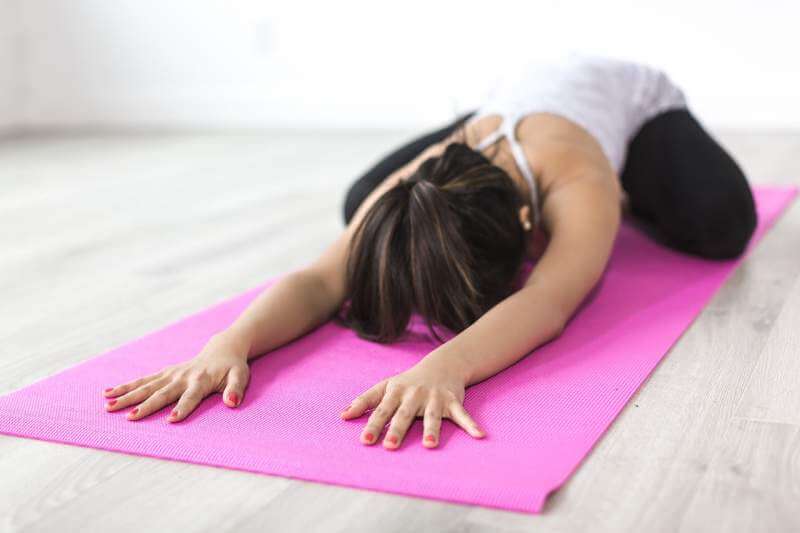
Flexibility gives you a lot of information about the body. You can think of it as an internal ruler of your body. It makes you aware of your range of motion. Your muscles span across a minimum of one joint, with the prime purpose of providing leverage & movements to your muscles & joints so you can engage in activities like walking and running. If the muscles are stiff and tight, it won’t be possible for your joints to move across the same range of motion. Which not only raises difficulty in performing athletics but daily activities.
Between each of your bones lies connective tissues that determine your joint range. The length of those muscles is really important, a major part of Longer muscle makes you more resistant to things such as injuries and tears.
3) Better posture and Balance
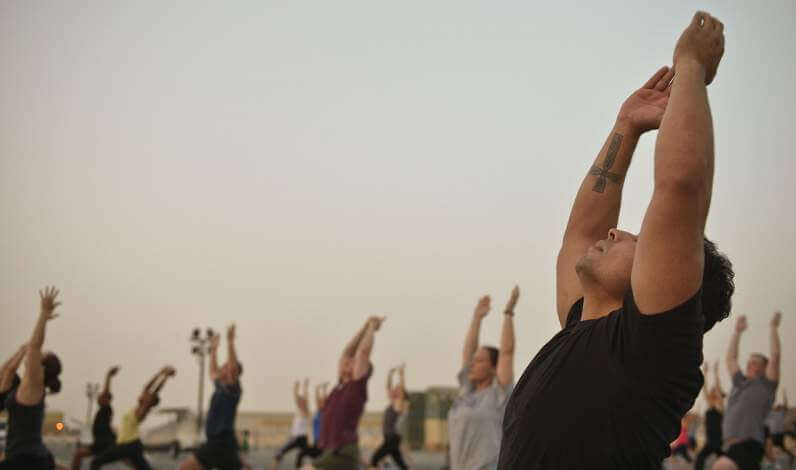
No matter if you work on the computer or spend hours staring at the phone, it’s common for the shoulders to get hunched & the neck muscles to get tightened. Maintaining your postures also keeps you at the top of your shape. Stretching is the most common way of correcting your full body alignment. That is why it’s an essential part of many athletic regimens. Such as MMA, BJJ-gi games, HIIT, weight lifting, and many others.
Research shows that poor muscular flexibility leads to improper balance, which increases your risk of injuries. Stretching daily reduces that risk even in older adults.
4) Improves your Heart health
 Experts suggest that stretching a minimum of 30 mins a day can significantly help in reducing overall blood pressure. And can be way more effective than simply walking. Most people misunderstand that stretching is about stretching elongating your muscles. However, while you do so the blood vessels feeding into your muscles stretch as well. Which has a direct influence on your heart health.
Experts suggest that stretching a minimum of 30 mins a day can significantly help in reducing overall blood pressure. And can be way more effective than simply walking. Most people misunderstand that stretching is about stretching elongating your muscles. However, while you do so the blood vessels feeding into your muscles stretch as well. Which has a direct influence on your heart health.
Another research suggests that stretching your legs more than 5 days a week can help in lowering the chances of cardiovascular disease. For this very reason, stretching lowers the stiffness in your arteries while increasing your blood flow.
5) Pain reduction
 Poor body posture & injuries lead to pain. By mitigating these 2 outcomes, developing flexibility might help in reducing overall pain. Also enables your body to elongate its muscles and relax. Take it like if you are sitting for prolonged time intervals & the hips tighten up, doing a deep stretch can melt away the tension while making you more comfortable.
Poor body posture & injuries lead to pain. By mitigating these 2 outcomes, developing flexibility might help in reducing overall pain. Also enables your body to elongate its muscles and relax. Take it like if you are sitting for prolonged time intervals & the hips tighten up, doing a deep stretch can melt away the tension while making you more comfortable.
6) Improves your mood

In the same way, as stretching is effective in easing your muscles, it simultaneously relaxes your mind. Sometimes it is difficult to stay calm & be at ease when the body tightens up. Taking a moment to move the body in a gentle yoga flow, opens up you physically and mentally as well.
Stretching for increasing flexibility
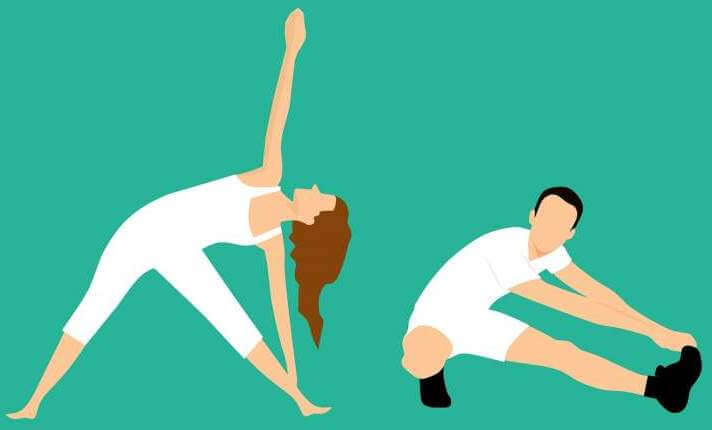
Like the rest of the things in your life, it narrows to routine practice, & regular workouts. But, sometimes making it a habit can be simple for the reason that there is much uncertainty & urban myths regarding stretching. In general, there are two types of stretching.
- Dynamic stretching: These stretching activities are the same as their name implies – they are performed dynamically till you reach the edge of the motion. These are the active muscular movements that lead to the execution of this stretch but those stretches aren’t held till the end of this position. These stretches are generally performed before workouts for warming up your muscles. You can also include them in the workout regimen in between the rest periods. These stretches are extremely effective in improving your flexibility in the long run.
- Static stretching: This type of stretching gets you in a certain position & lets you hold it up to 20 to 30 seconds. Not all of these stretches are effective and appropriate to be performed as a warmup.
How to start
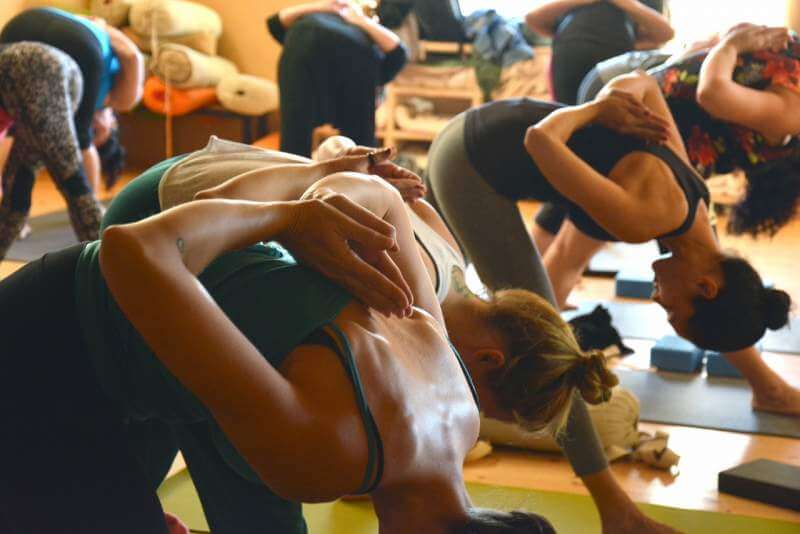
The idea of stretching yourself daily can be a little overwhelming. You do not necessarily have to stretch each muscle in your body. Areas that are critical to mobility lie in the lower extremities: that includes your calves, hamstrings, hip flexors, pelvis & quadriceps at the front of your thigh. Stretching the shoulders, neck & lower back can be beneficial. You should at least stretch for 3-5 days in a week.
Stretching for a single time does not magically award you perfect flexibility. But demand you to be consistent with the process. It might take weeks or months to ease your stiff muscles. And you have to continue the routine once you have reached the optimum level of flexibility.
Following are some of the stretches that you can perform to improve your flexibility. Make sure you hold each stretch for at least 30 seconds.
- Downward-Facing Dog: works on deltoids, hamstrings, gluteus maximus, quadriceps, and triceps.
- Sun Salutations: works on Abdominals, quadriceps, spinal extensors, trapezius, and hamstrings.
- Triangle Pose: works on internal oblique, latissimus dorsi, hamstrings, gluteus maximus & medius, and quadricep
- Intense Side Stretch Pose: works on Quadriceps, erector spine, hamstrings, and pelvic muscles
- Two-knee: Works on erector spine, trapezius, rectus abdominis, and pectoralis major
- Extended Puppy Pose: Works on trapezius, deltoids, triceps, and erector spine
Reference:
- https://www.healthline.com/health/benefits-of-flexibility
- https://www.health.harvard.edu/staying-healthy/benefits-of-flexibility-exercises
- https://www.acefitness.org/education-and-resources/lifestyle/blog/6646/benefits-of-flexibility/
- https://www.livestrong.com/article/332519-what-are-the-benefits-of-good-flexibility/
